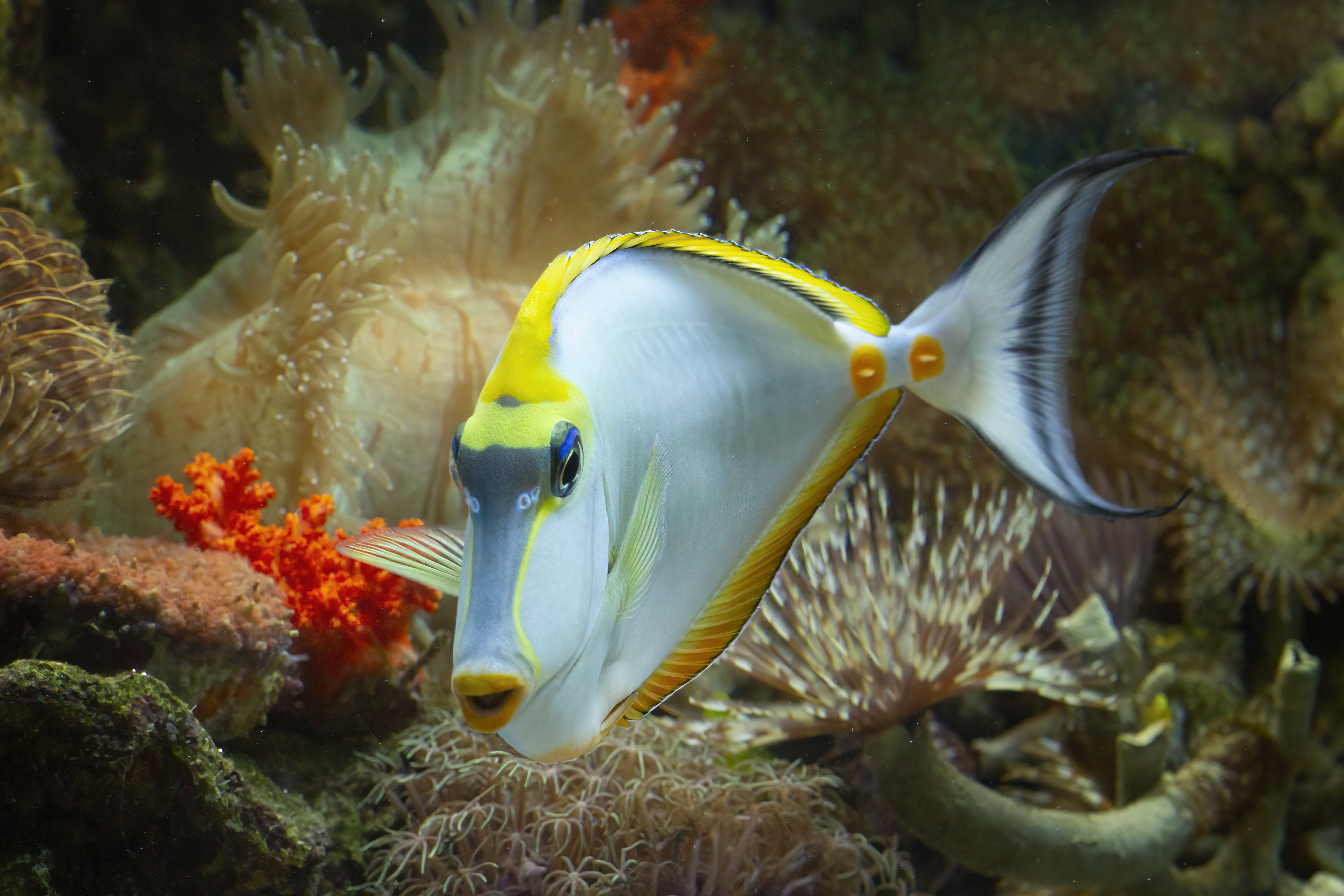Why It’s Important to Know What’s Disappearing
The underwater world is under threat, and you might not even realize it. Across lakes, rivers, estuaries, and coastal zones, countless fish species are vanishing — silently and rapidly. Habitat loss, pollution, overfishing, and climate change have pushed many native fish to endangered or critically endangered status.
But how do you even know which fish in your region are at risk? That’s where proper fish identification comes in.
Whether you're an angler, researcher, educator, or just someone who loves nature, understanding how to spot and report endangered fish species can make a real difference in conservation efforts.
Step 1: Know What Endangered Means
Before diving into fish charts or images, it's key to understand the conservation categories:
-
Endangered (EN): Facing a very high risk of extinction in the wild.
-
Critically Endangered (CR): Extremely high risk of extinction.
-
Vulnerable (VU): High risk of becoming endangered.
-
Near Threatened (NT): Could soon qualify as threatened.
-
Least Concern (LC): Not currently facing extinction.
These designations come from the IUCN Red List, a globally recognized standard. Countries often have their own databases too — like the U.S. Endangered Species Act (ESA) list or India’s Wildlife Protection Act.
Knowing these categories helps prioritize which species need urgent attention during fish identification.
Step 2: Use Regional Databases for Accurate Lists
Different regions and ecosystems host different fish populations. A fish endangered in one country may be abundant elsewhere. That's why local databases are goldmines for conservation-friendly fishing, research, and education.
Each platform offers species profiles, images, habitats, and status updates — all essential for effective identification of fish.
Step 3: Learn the Basics of Fish Identification
Fish look similar at first glance, but subtle differences set them apart. To identify species accurately — especially the ones in decline — you need to pay attention to key traits:
| Feature | What to Observe |
|---|---|
| Body Shape | Streamlined, flattened, round, elongated? |
| Fins | Number, placement, and shape of dorsal, pectoral, and caudal fins. |
| Coloration | Markings, stripes, spots, or changes during mating season. |
| Mouth Shape & Position | Top-feeding, bottom-feeding, or forward-facing? |
| Scales & Texture | Smooth, rough, shiny, or dull? |
| Barbels or Whiskers | Present or absent — common in bottom dwellers. |
Many endangered species also show unique physical deformities or discolorations due to habitat stress or pollution, making careful identification of fish even more important.
Step 4: Focus on Habitat and Range
Endangered fish often have very specific habitat needs — which makes them vulnerable. Understanding their range can quickly narrow down what you might be looking at.
Examples:
-
Desert Pupfish (US Southwest): Only found in warm desert springs.
-
Humpback Chub (Colorado River): Needs fast-flowing, canyon-like rivers.
-
Giant Mahseer (South Asia): Declining due to damming and pollution in mountain streams.
-
Australian Grayling: Needs clean, flowing freshwater and is sensitive to silt.
Fish found outside their known range may indicate displacement or stress, and spotting one can trigger urgent reporting. Fish identification apps and databases often include maps that show native versus invasive range — use them.
Step 5: Use Tech and Citizen Science Tools
In 2025, identification of fish isn’t just for experts with field guides — anyone with a smartphone can help monitor species.
Top Tools:
-
iNaturalist: Upload fish photos; AI + expert community helps ID and reports data to researchers.
-
FishVerify (USA): Instant fish ID + legal catch size info.
-
Seek by iNaturalist: Kid-friendly visual fish identification tool.
-
Reef Life Survey (Global): Great for divers and snorkelers reporting reef fish data.
These tools feed into global biodiversity databases, helping scientists track endangered populations in real time — and yes, your photo might help save a species.
Step 6: Know Which Species to Report
If you suspect you’ve seen or caught an endangered fish, don’t panic — but don’t ignore it either.
Here’s what to do:
-
Photograph the fish clearly (side profile, close-up of fins/mouth).
-
Record the location (GPS coordinates if possible).
-
Note the habitat conditions — water clarity, flow, pollution, etc.
-
Release the fish safely if alive and not required for documentation.
-
Report to local wildlife authority or citizen science platform.
Many government bodies and NGOs actively encourage reporting. Timely data can help stop illegal fishing, trigger rescue operations, or guide habitat protection plans.
Commonly Misidentified Endangered Fish (Examples)
| Endangered Fish | Common Lookalike | Key Difference |
|---|---|---|
| Shortnose Sturgeon | Atlantic Sturgeon | Shorter snout, smaller size |
| Atlantic Salmon (wild) | Farmed Salmon | Slightly different fin shape, leaner |
| Razorback Sucker | Common Carp | Sucker mouth with sharp keel |
| Western Trout Minnow | Galaxias | Smaller eyes, head shape |
Misidentifying can lead to overharvesting or missed reporting — especially when fishing in protected zones. Always double-check your fish identification before making decisions.
How Fish Identification Helps Conservation
When more people learn proper identification of fish, three powerful things happen:
-
Illegal fishing becomes harder: Authorities can enforce laws better.
-
Restoration efforts become more accurate: Targeted support goes to truly at-risk populations.
-
Ecosystem health improves: Every fish plays a role in balancing water systems.
In fact, a 2023 study by the World Wildlife Fund found that citizen-led identification efforts contributed to 14% of newly discovered endangered fish sightings across the globe. That’s real impact.
Final Checklist: Identify & Protect
Before heading out for your next hike, research trip, or fishing adventure, keep this in mind:
-
✔ Check local endangered fish lists
-
✔ Learn the physical traits of regional species
-
✔ Use reliable fish identification apps
-
✔ Report rare or endangered sightings
-
✔ Support conservation efforts in your area
Endangered fish species can’t speak for themselves — but your attention to detail, your curiosity, and your phone camera just might help keep them alive.



